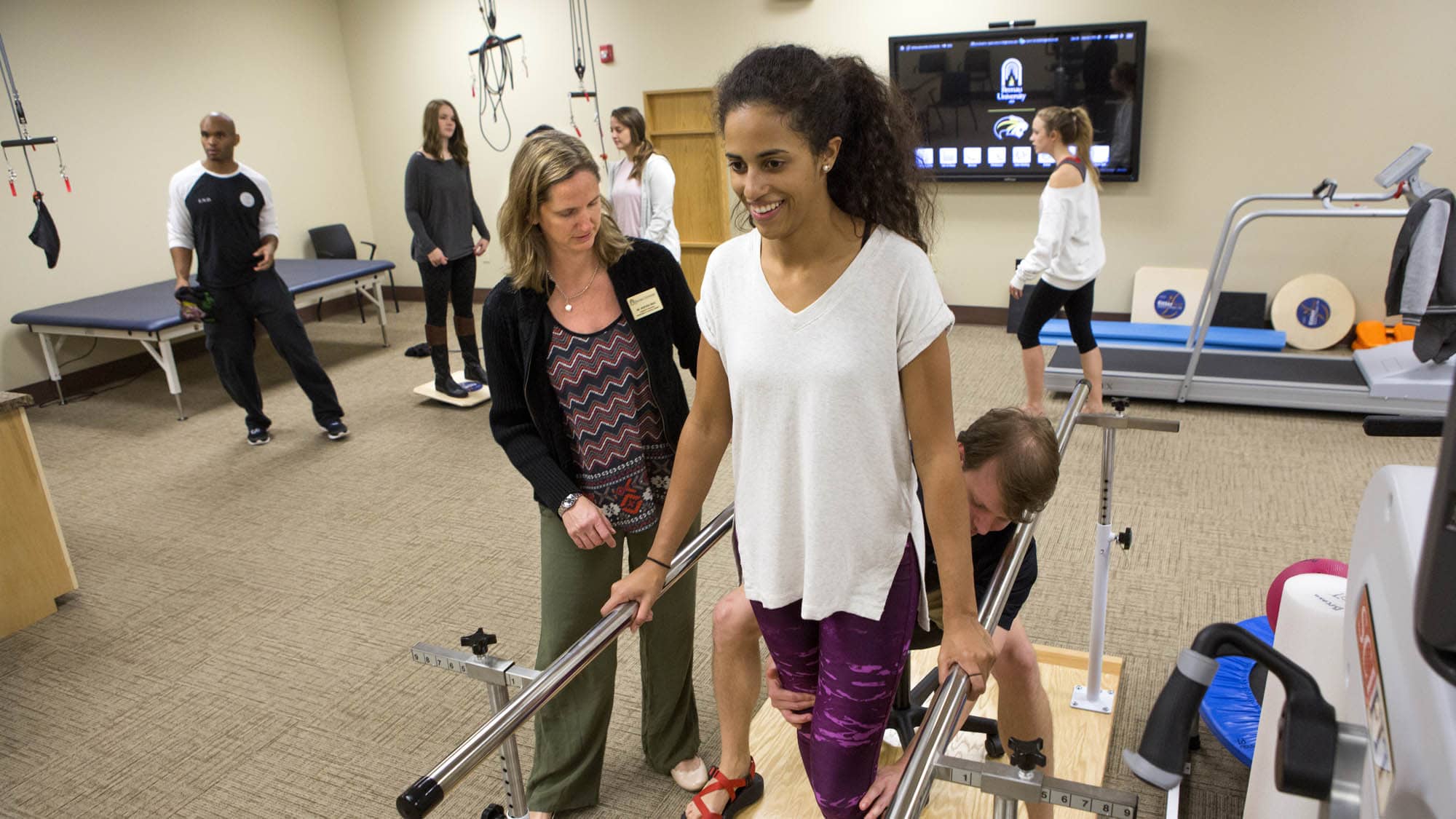One frequent manual therapy technique is spinal manipulation. This method involves applying controlled force to the vertebral column to enhance positioning and reduce pain. Research has shown that spinal manipulation can be effective in treating lower back pain and cervical discomfort. Another method is gentle connective tissue manipulation, which concentrates on reducing tightness in the muscles and connective tissues. This can help reduce stiffness and improve flexibility, making it easier for patients to move without pain. Both methods can be customized to satisfy the individual requirements of each client, ensuring a personalized approach to treatment.
In furthermore to discomfort alleviation, manual therapy can enhance webpage client results in multiple aspects. For example, it can improve circulation, which helps deliver oxygen and nutrients to the affected regions of the system. Better blood flow can also encourage recovery and alleviate swelling. Furthermore, manual therapy can help patients develop enhanced physical consciousness, which is essential for preventing future injuries. By understanding how their bodies function, clients can make better knowledgeable choices about their activities and posture, leading to long-term advantages.
The effectiveness of manual treatment is often backed by client responses. Many individuals report significant improvements in their discomfort intensity and overall performance after receiving treatment. This positive reaction can lead to greater drive for clients to engage in physical activity and recovery programs. When patients feel better, they are more likely to engage in their rehabilitation journey, which can further enhance their outcomes. This collaborative method between the provider and the patient is crucial for attaining enduring outcomes.
In conclusion, manual therapy methods play a critical role in relieving muscle and joint pain and improving patient outcomes. By applying techniques such as spinal manipulation and gentle connective tissue mobilization, healthcare providers can help clients recover mobility and reduce pain. The advantages of manual treatment go further than immediate pain alleviation, as it also encourages healing and encourages clients to take an proactive role in their rehabilitation. As more people look for efficient treatments for musculoskeletal concerns, manual therapy remains to be an important option in the realm of medicine.
